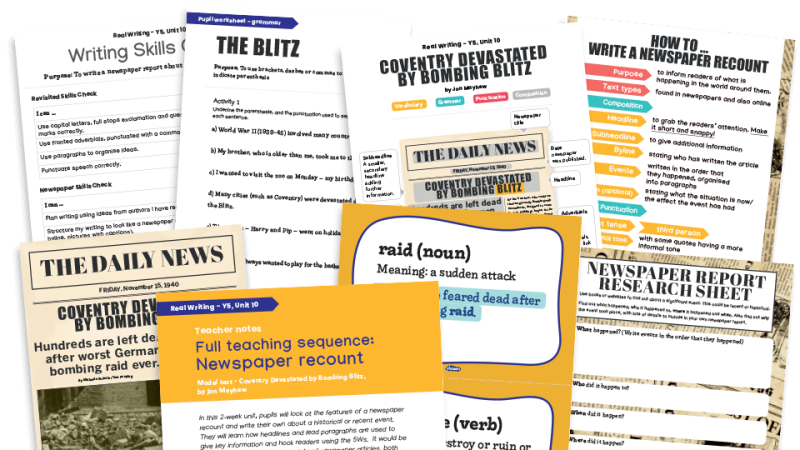Top Tech Tools To Ease Your Assessment Workload

If marking is starting to rule your life, try these apps and websites to lighten the load
- by Neil Jarrett

Meaningful assessment is key to children’s learning and progress.
Knowing what they have achieved and gaining valuable feedback allows you to plan their next steps. But let’s not kid ourselves, it can be a laborious job – many teachers would bite your arm off for quicker and easier ways to carry it out.
The good news is that technology can help. No, we’re not talking robotic feedback with bland, general statements – there are a number of programs and apps that can be used for both formative and summative assessment, and here are just a few:
Evidencing learning
This is a big part of assessment, so try using a tablet’s built-in video camera to record activities such as drama or speaking and listening. Playing the video back allows for closer examination and analysis. I often spot things that I hadn’t seen before when reviewing the video. Recording is also excellent for self-assessment. After reading aloud to the class and then watching the video back, one of my pupils noticed that she said ‘um’ and ‘OK’ too much; the assessment led directly to self-improvement. You can also try taking photos of work and using a voice recorder.
Assessing on the go
Rather than waiting to see a finished piece of work, why not intervene and support during the learning process? Google Docs is a fantastic learning tool that makes it easy to edit and annotate children’s work during lessons.
Teachers can view and track exactly what children are doing, correcting mistakes as they are spotted, or adding comments or suggestions. Reviewing work and tracking progress has never been so easy.
Plus, the work can be easily shared on Google Docs, giving students a wider audience and a chance to read and correct their peers’ accomplishments. Another pupil in my class said she loved using it because it means she and her friends can work together to get better at writing.
Creating tests and quizzes
Putting tests together and marking them by hand is hard, time-consuming work. Typeform is a website/app that is perfect for this sort of activity.
You can make quizzes, questionnaires and tests and send them to your students. Better yet, Typeform ‘marks’ the questions for you and gives you feedback and analysis for either your whole class or individual students.
You can also try Socrative and Formative which are similar, so have a look at each of these three to decide which is best for you. One positive with Socrative, for example, is that you can search for ready-made assessments on the internet. So if you are studying the Romans, just Google: ‘Socrative Romans’.
Finally, if you want to turn assessment into a competitive game, have a look at Quizalize. This allows you to create a quiz and then shows the whole class how everyone is progressing.
Class discussions
A big part of assessment is tracking progress through constant, rapid feedback and discussions. So, get a class discussion going during a lesson by using Twitter, and you can effortlessly see who is engaged and what they are learning.
To track a discussion, just create a class hashtag, e.g. #class6J, which makes it easy for everyone to follow. You may even find that students who are uncomfortable speaking in front of the whole class will join in more when online.
Another great website on which to hold class discussions, especially if you want to keep your class discussion private, is TodaysMeet. It lets you set up a classroom chartroom and you and your pupils can ask questions and support each other.
Class management
Classes need to be managed well to enable effective assessment. Google Classroom is the perfect tool for tracking students and sharing work and ideas. It’s like Facebook, but your friends are your class.
Students can post work and ideas on the ‘wall’ and then the teacher and other students can leave supportive comments. Assignments can be set and grades can be allocated when the pupils submit them.
Neil Jarrett is a Year 6 teacher and maths coordinator at an international school in Bangkok, Thailand. He tweets from @EdtechNeil and blogs at EdTech4Beginners.











